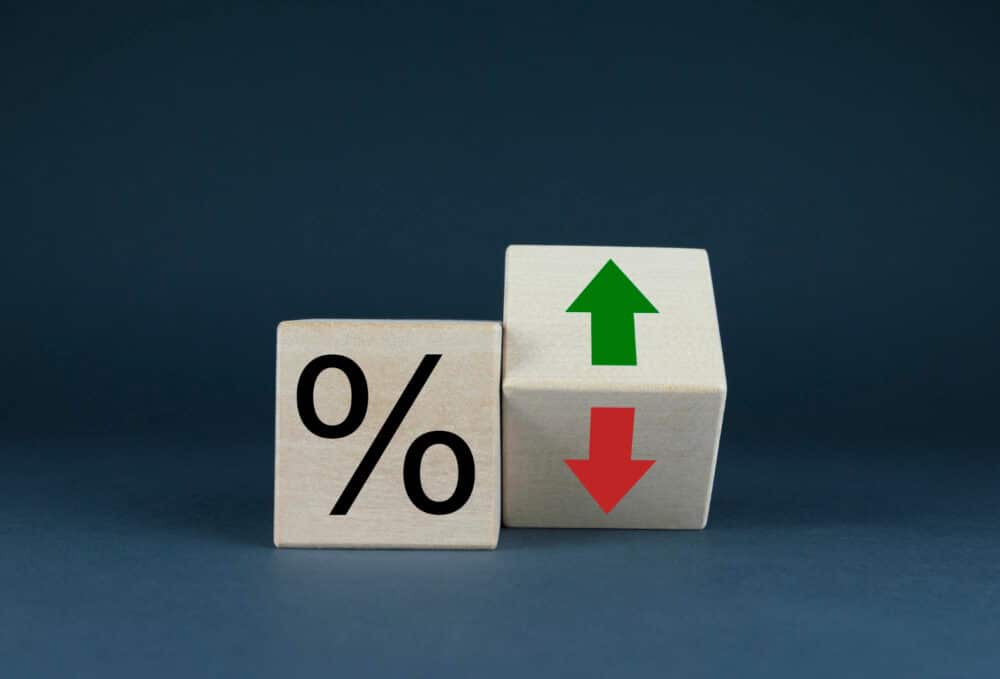The biggest conveyancing firms across England and Wales saw their market share reach a two-year high in Q2 2022, according to the latest edition of the Conveyancing Market Tracker from Search Acumen, the property data and insight provider.
The Tracker – which monitors business activity and competitive pressures in the conveyancing market – shows that legal firms’ average property caseloads were up 34% on pre-pandemic levels, with the typical firm registering 76 transactions in Q2 2022, compared with 57 in Q2 2019.
Gains were concentrated at the top end of the market, as the 500 biggest conveyancing firms accounted for nearly three in five (59%) completed transactions between April and June this year. This was the highest level seen since Q2 2020 in the early months of the Covid-19 pandemic and surpasses any quarter from 2011-2019.
Similarly, the top 200 conveyancers by transaction volumes – from almost 4,000 firms who were active during Q2 – processed two in five (40%) property deals across England and Wales, up from 38% a year earlier in Q2 2021.
The top 50 firms alone handled more than one in five transactions (21%), which was the highest figure seen outside of lockdown since records began in 2011.
HMLR data shows more than 300,000 completed property transactions were registered in Q2 2022 for a third successive quarter. This is likely to be influenced by the continuing backlog of activity from the height of the pandemic, although the Q2 figure – despite being up 4% annually – was down 22% from Q1 as the backlog eases.
Andy Sommerville, Director of Search Acumen, explains:
“Conveyancing workloads have been under pressure for much of the last three years, and while we might see volumes go down incrementally as market activity slows, workloads will be defined by progressively more complex cases moving forwards as buyers and sellers seek to act in an increasingly difficult economic environment. Down valuations and expiring mortgage offers may add additional layers of complexity for transacting parties and those stuck in chain, which will all translate into prolonged due diligence. Similarly, all parties will be trying hard to negotiate for every penny in the current economy – sellers because house prices might be dropping, and buyers because of inflation and the increased cost of borrowing.
“Although the cost-of-living crisis is set to slow the market further, we might also see a slew of properties come to market in the autumn as sellers look to take advantage before prices drop too far. At the same time, as interest rates go up, homeowners may be at increasing risk of overextending themselves financially having purchased a larger home since the pandemic, adding more potential sellers to the market. As more supply should balance out house prices, this may not translate to fewer transactions, as greater choice allows for more potential buyers to enter the market. It is entirely possible that we see an extended period of strong transactional activity despite economic headwinds.
“Technology is the key for firms to be able to cope with this new normal. The increasing expectations from consumers demanding quicker results can be alleviated through a digital-first approach. At the same time, if the Bank of England is right and we are headed into recession, firms need to think about how technology can future proof their business during a potential market downturn, driving efficiencies, cost savings and providing an edge on competitors in a tougher market.”
Number of active firms drops back below 4,000 for the first time in over a year
Despite overall workloads remaining high by historic standards, the number of active conveyancing firms dropped back to below 4,000 for the first time in over a year, since Q1 2021, as activity became more concentrated at the top end of the market. The number of firms registering transactions in Q2 2022 was down more than 150 compared with Q1, falling from 4,122 to 3,963.
Overall, the top 1,000 firms recorded a collective market share of 76% in Q2 2022, their highest since Q4 2020 and higher than any period before 2020 and the onset of the pandemic. This left the remaining 2,963 firms completing over a combined 24% market share.
Andy continues:
“It is the larger firms that have been able to adapt more quickly to a challenging market and monumental workloads, processing more transactions at a higher rate than seen previously. These are firms which have the scale and budget to embrace technology to ensure they are on the front foot, giving them a competitive advantage. However, the barriers to modernisation and digitisation have fallen as technology has become adopted more widely, and no firm can afford to leave this stone unturned.
“As we approach HMLR’s AP1 digitisation deadline in November, it will become even more evident which firms are steaming ahead of the pack. Competitiveness today will be defined by technological advancement in modern conveyancing and small to mid-sized firms need to think about their offer to customers in a difficult economy to protect market share. Investment now will safeguard businesses longer term.”











